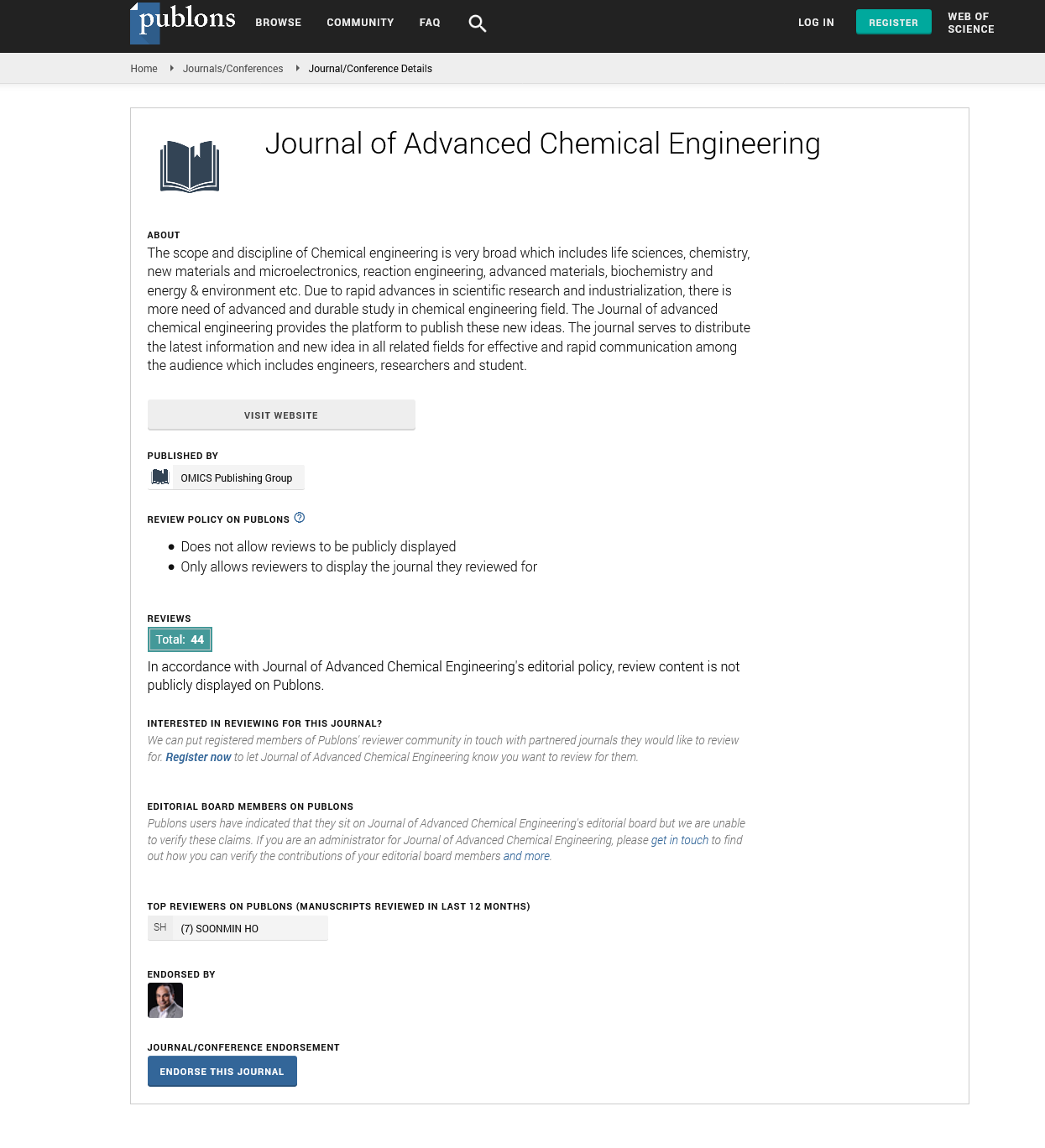Indexed In
- Open J Gate
- Genamics JournalSeek
- Smithers Rapra
- RefSeek
- Directory of Research Journal Indexing (DRJI)
- Hamdard University
- EBSCO A-Z
- OCLC- WorldCat
- Scholarsteer
- Publons
- Geneva Foundation for Medical Education and Research
- Google Scholar
Useful Links
Share This Page
Journal Flyer

Open Access Journals
- Agri and Aquaculture
- Biochemistry
- Bioinformatics & Systems Biology
- Business & Management
- Chemistry
- Clinical Sciences
- Engineering
- Food & Nutrition
- General Science
- Genetics & Molecular Biology
- Immunology & Microbiology
- Medical Sciences
- Neuroscience & Psychology
- Nursing & Health Care
- Pharmaceutical Sciences
Abstract
Multi-Secular Lead (Pb) Contamination on a Regional Scale: Comparative Analysis of the Grand-Maclu and Saint-Point Lakes in the Jura Area, France
R. Nedjai,C. Nguyen-Trung, and N. Messaoud-Nacer
For nearly a century, the lakes in the Jura area (France), as for those throughout the northern hemisphere, have been impacted by heavy metal contamination. The Jura lakes were considered as long protected and undisturbed owing to the agricultural and rural nature of their catchment areas and thus the lack of anthropological impacts. Meanwhile, chemical analysis of sediments of some of these lakes and in particular, the Grand-Maclu and Saint-Point lakes, has indicated that in fact these lakes have not escaped contamination. The levels of lead measured in the top 20 centimeters (EF > 2) have revealed that the source of the metal contamination originates from outside the catchment area. The thickness and the depth of these sediments correspond to the 1870–2005 period and the results highlighted the direct impact of the industrial activities that developed during the end of the 19th century in Europe, and more generally in the northern hemisphere. The chemical analysis results of the two lakes, having very different geographical and demographical characteristics, have confirmed the presence of lead contamination and showed that the differences in the measured lead amounts resulted from geographic factors such as the catchment area and its relief, water renewal rate and vegetation.

